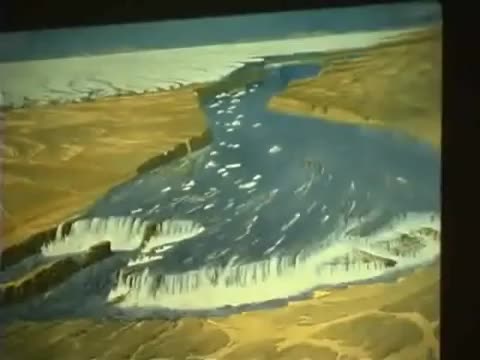Geologists detail catastrophic floods from ancient Glacial Lake Missoula's collapse
May 02, 2025 | Missoula, Missoula County, Montana
Thanks to Scribe from Workplace AI , all articles about Montana are free for you to enjoy throughout 2025!

This article was created by AI using a video recording of the meeting. It summarizes the key points discussed, but for full details and context, please refer to the video of the full meeting. Link to Full Meeting
The meeting highlighted that around 15,000 to 17,000 years ago, the Cordilleran ice sheet advanced and created a massive ice dam in the Clark Fork River Valley. This dam led to the formation of Glacial Lake Missoula, which extended hundreds of miles and reached depths of up to 2,000 feet, making it potentially the deepest lake in North America at that time.
As the water accumulated behind the ice dam, it created immense pressure. When the dam eventually failed, it unleashed a torrent of water estimated to be ten times the combined flow of all the rivers in the world today. This catastrophic event transformed the landscape, carving out valleys and leaving a lasting geological imprint on the region.
Geologist Joseph T. Barth was noted for his early work on Glacial Lake Missoula, recognizing its significance in the early 20th century. The meeting emphasized the importance of understanding these historical floods, not only for geological studies but also for appreciating the natural history of the Missoula area.
The discussions underscored the need for ongoing research and education about the Ice Age floods, as they play a crucial role in understanding the region's past and its geological features. As Missoula continues to grow, awareness of its dramatic geological history remains vital for both residents and visitors alike.
Converted from Glacier Lake Missoula Ice Age Floods 2007 meeting on May 02, 2025
Link to Full Meeting
Comments
View full meeting
This article is based on a recent meeting—watch the full video and explore the complete transcript for deeper insights into the discussion.
View full meeting